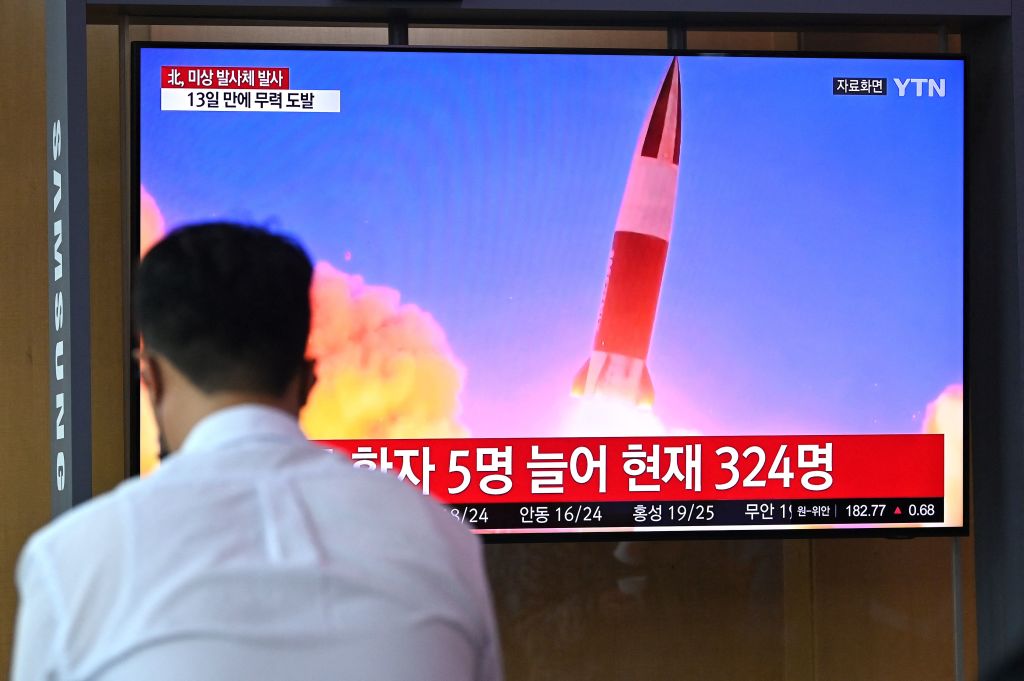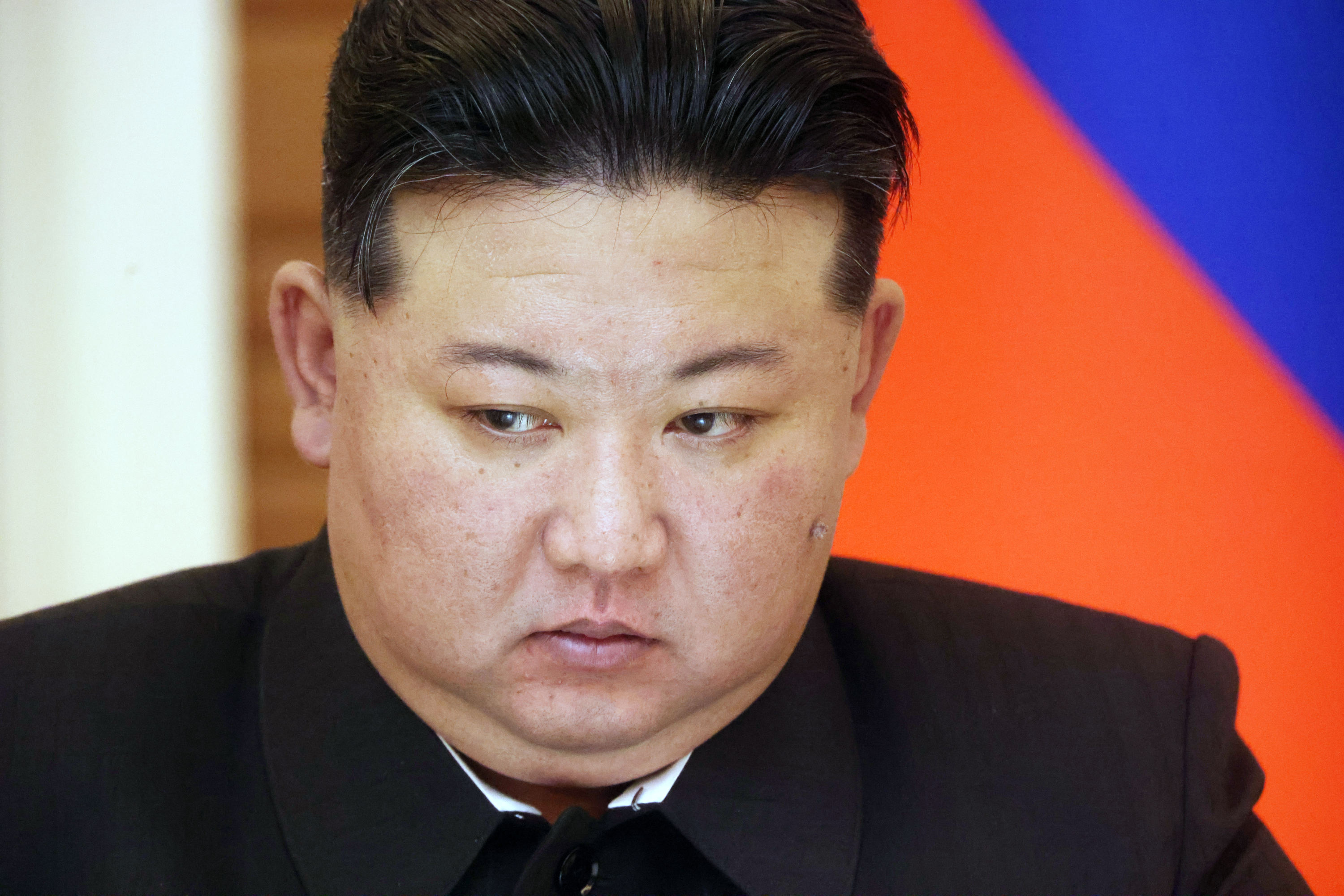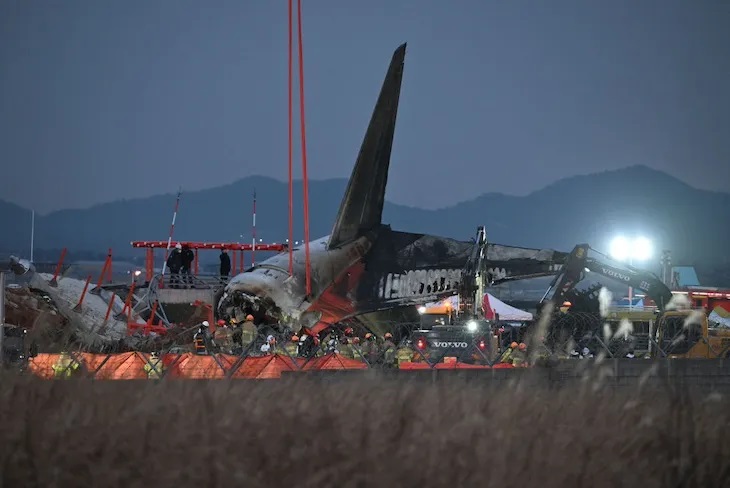Let’s be honest. If North Korea didn’t have nuclear weapons and missiles to carry them to targets as far away as the US homeland, you would not be reading this article. In fact, the national security establishment would most likely consider North Korea, a nation that can no longer feed itself with a GDP smaller than Rhode Island’s, to be a joke.
And yet the so-called Democratic People’s Republic of Korea (DPRK) keeps cranking out ever-more advanced weapons platforms that drive headlines and clicks the world over. North Korea’s most recent test, a submarine-launched ballistic missile, seems at least on the surface to be pretty threatening. Yet a more sober analysis suggests that such a weapon, at least by itself, is no major threat to anyone, and for the foreseeable future.
First, consider the fact that we don’t even know if the weapon was fired from an actual submarine. North Korea is the master of concealing its true military capabilities, showing experts only what they want them to see. And clearly, there is a big difference between what they did and testing an actual working missile from a deployed submarine at sea in wartime conditions. Most likely North Korea tested its new missile from a barge, as it has done in years past. Not exactly impressive, to be honest, considering how many years this has been in the works.
Next, we should recall the fact that North Korea’s so-called submarine-launched ballistic missile platform will only be deployed on one, perhaps two submarines, at least for now. And they’ll hardly be able to fire missiles long-range against the US homeland. One or two noisy submarines of a Soviet vintage would be easily tracked from port and sunk pretty quickly.
Then there are the technological challenges Pyongyang would need to master in terms of the overall lethality of these weapons. Several missile tests spread out over years are hardly a vote of confidence or proof that North Korea has a viable weapons platform on par with other nuclear weapons states that have underwater atomic weapons strapped to missiles. It will take North Korea years, if not decades, to deploy anything like the 1970s-built Ohio-class ballistic submarines that the US Navy uses to deter to Russia and China. Keep in mind that those subs can fire over a dozen nuclear missiles at targets over the world. North Korea’s can fire perhaps just a single missile a little over a thousand miles — maybe.
But let’s stop talking about the capabilities of just one missile. North Korea’s strategy to deter the US from any sort of regime change war — which its entire military machine is built around — does not rest on just one missile. The DPRK considers its new submarine-based missile part of a much bigger plan, modeled after Chinese strategy, to research, build and deploy large quantities of missile platforms to overwhelm US missile defenses and forward-deployed assets.
In a wartime scenario, North Korea, seeing signs of American forces building in the region in order to attack and depose the regime, would most likely strike first. The Kims would likely launch nuclear attacks on South Korean port facilities and bases used to amass troops from Japan, Guam, Hawaii and the US mainland in order to slow down what would be a massive supply line coming from thousands of miles away. Of course, Guam and Hawaii would be targeted, since they would be critical bases during wartime. Advanced ballistic missiles armed with nuclear warheads would deliver the crushing blows, coming from land-based platforms. Adding submarine launches, while no game-changer, would tie down more US and South Korean forces, which would need to destroy such platforms. The more mobile forces North Korea can deploy would spread the military field, making a US-South Korea victory more costly.
All of this should be a clear warning to US policymakers that the dream of North Korean denuclearization and missile disarmament has been dead for a decade or more. As unpalatable as it may seem, it is time for Washington to negotiate with Pyongyang, to seek a deal that limits the size, scope, and scale of North Korea’s nuclear program once and for all. Team Biden can pretend they won’t give up on the fantasy of a North Korea without nuclear weapons, but stopping the threat from growing any bigger needs to be the focus now.

























